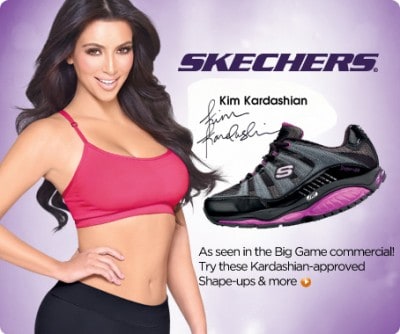
With his signature #Ohmyy, funny memes and e-cards, and constant witty pot shots at fellow Star Trekker William Shatner, 75 year old George Takei has become a social media tour de force. Even though he’s been on both social media accounts for one year, the actor famous for his portrayal of Sulu has accumulated over 1.9 million Facebook fans and 370,000 followers on Twitter.
Numbers don’t lie. Takei has proven that he can teach viable lessons to current social media, advertising, and public relations professionals who count themselves as industry heavyweights.
What can we learn from Sulu?
Lesson #1 People Pay Attention To Creativity and Humor
Takei’s Facebook page has daily updates of funny e-cards and memes that Takei, with his long time partner Brad, discovers from the Internet. Use humor strategically to catch the public’s attention with a catchy headline or picture that would make someone smile or even better, elicit one of those LOL moments that happen at the most inopportune, but welcome, times.
Wouldn’t you smile at seeing this? (from Takei’s Facebook page: 5-24- 2012)

Lesson #2: Do The Research To Be Strategic In Your Messaging
The memes and funny e-cards that are on Takei’s Facebook and Twitter page don’t come from a magic lamp. Along with Brad, Takei builds a backlog using social media tool Hootsuite of the pictures that appear on both social media sites.
“It all depends because I have a very irregular schedule. What we do is we build up a backlog and Brad [Takei’s husband] doles them out in dribs and drabs. And other times, I’ll spend a couple of hours and add to the stockpile. Other days, I might be on it eight, nine, 10 hours!” (George Takei in Hyphen Magazine:Issue 25-Generation,” It’s More Than Ok To Be Takei”)
Spend the time to find something worth grabbing the attention of the audience you want to reach- whether you’re trying to reach a demographic of twenty something Instagram users or their parents. Your audience is worth the effort.
Lesson #3: Be Clear And Consistent
Fans know what to expect from George Takei. He posts regularly on his social media channels multiple times a day. His open support for LGBT rights and advocacy for Asian Americans is apparent in his #It’s OK To Be Takei slogan and in his upcoming musical Allegiance, based on the internment of Japanese Americans.
What do you want your audience to know about your brand, client, and campaign? Be clear and obvious! If you want to project that your client is a hip, trendy yet delicious restaurant-hit the foodie blogs of Los Angeles up for press, not newspapers with low circulation. If you succeed in combining all three key factors in your messaging, your brand might “live long and prosper!”
-By Courtney Lee, Account Coordinator

